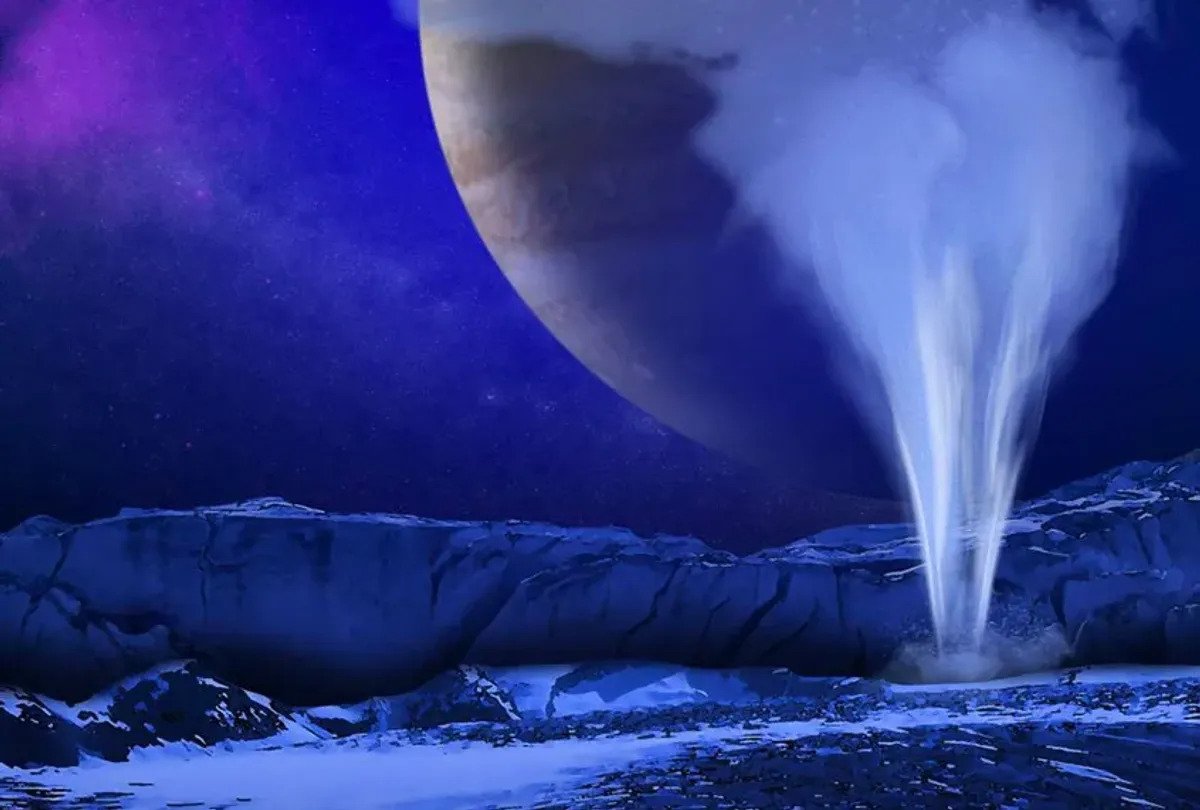Missions that will explore the possibility of life on icy moons will use spectrometry for this. The researchers proposed to create a program that will search for interesting results and send them to Earth.

Finding signs of life on icy moons
There are many reasons to believe that there is an ocean of liquid water under the crust of the icy moons of Jupiter and Saturn, such as Europa and Enceladus. And it is even possible to search for signs of life in it. To test this theory, it is planned to send probes to them in the future, which will drill through the ice and swim in search of living beings.
But this task is extremely difficult, so scientists have developed a simpler solution. Sometimes warm water escapes from the surface of icy moons. If we analyze it, we can find confirmation of the existence of complex organic matter on the other side of the ice.
To this end, experts have developed a set of Ocean Worlds Life Surveyor (OWLS) instruments. It will consist of a capillary electrophoresis unit and a mass spectrometer. It will be able not only to isolate and identify organic molecules, but also to quantify their content.
However, such an analysis leads to the formation of a large amount of raw data. In total, for one sample, its volume can be 100 MB. And the possibilities of transmitting a signal to Earth will be extremely limited by the power of the antenna.
How to compress information?
In a new study published in Earth and Space Science, scientists have studied the question of how to compress this information and find in it exactly those fragments that first need to be sent to Earth.
They developed a software called Autonomous Capillary Electrophoresis Mass-Spectra Examination (ACME). It will independently study the raw data generated by OWLS and find in them the most interesting peaks that correspond to certain matters and these conclusions will be sent to Earth.
In fact, we are talking about the primary data processing that people usually do. Here it is proposed to be performed by a computer right on the spot. Thanks to this, the researchers plan to reduce the amount of transmitted information by hundreds and thousands of times without losing its scientific value.
According to phys.org
Follow us on Twitter to get the most interesting space news in time
https://twitter.com/ust_magazine

